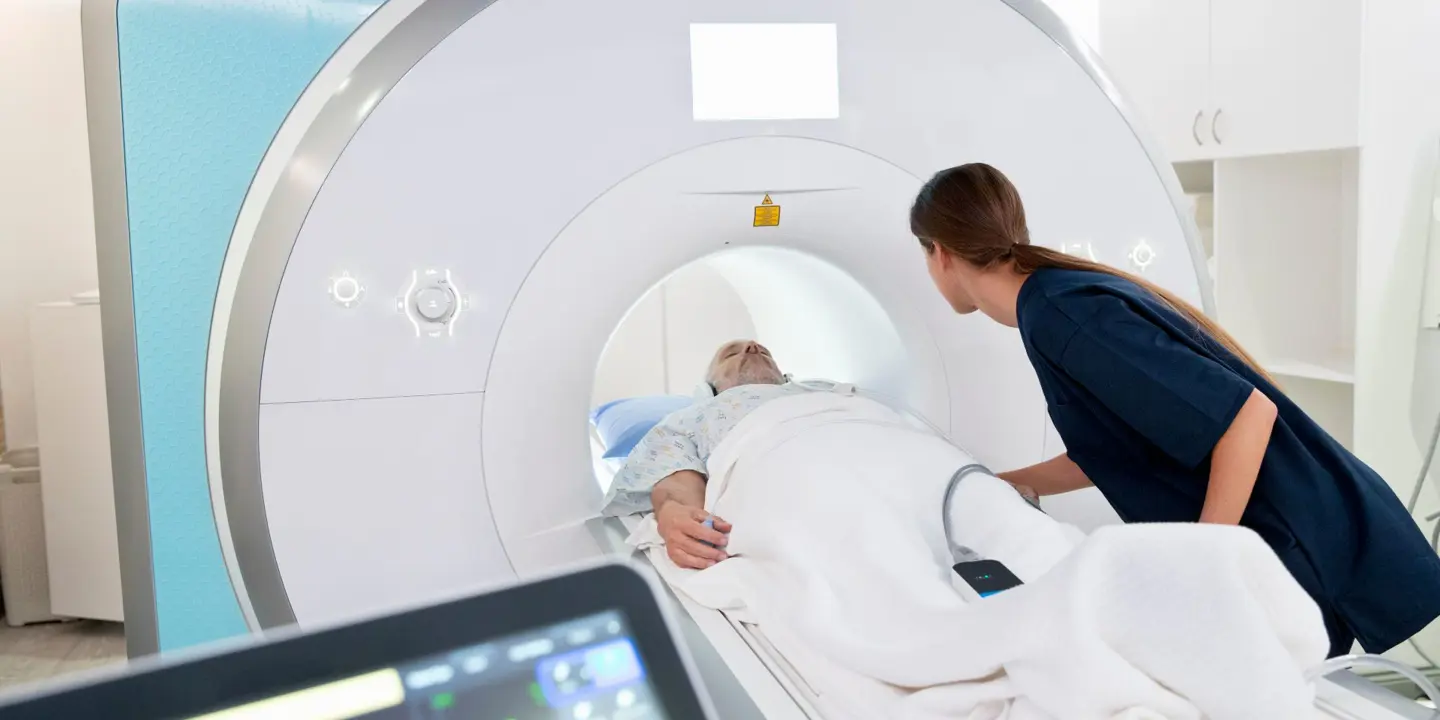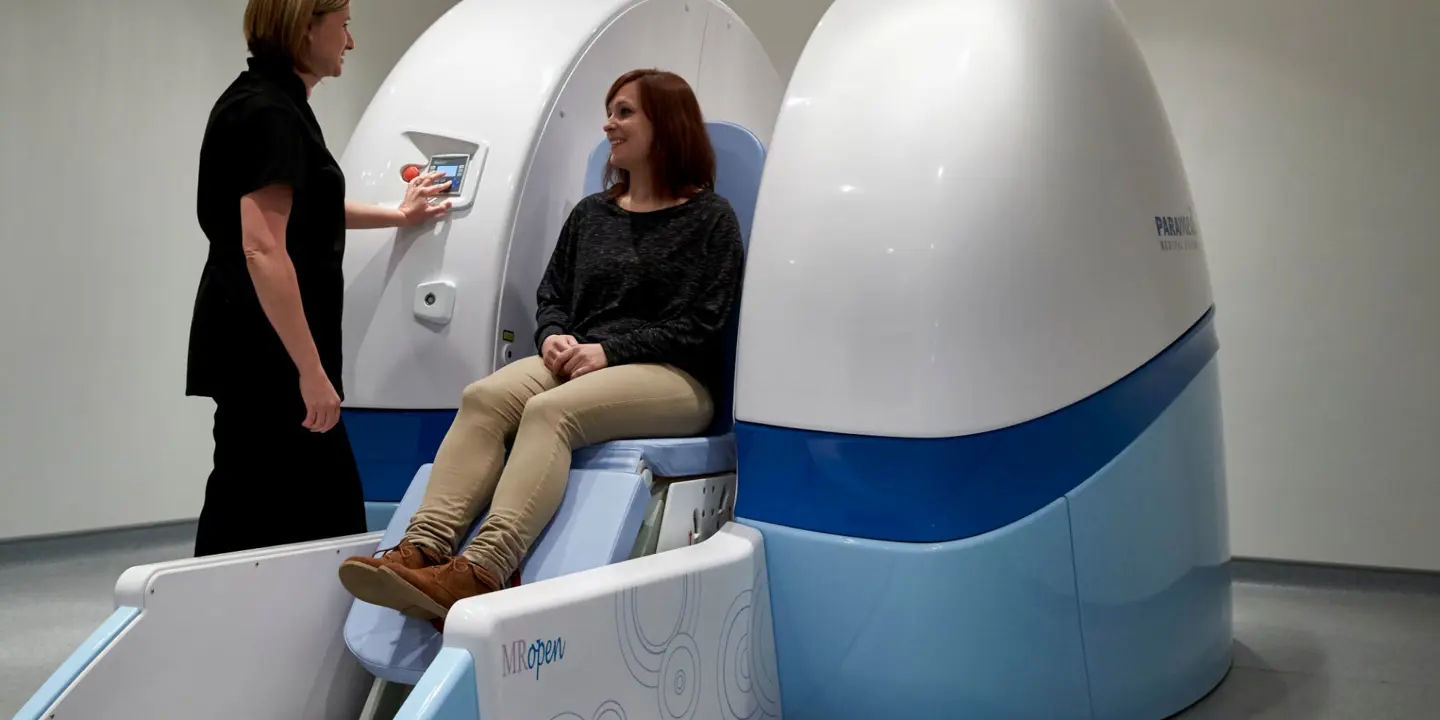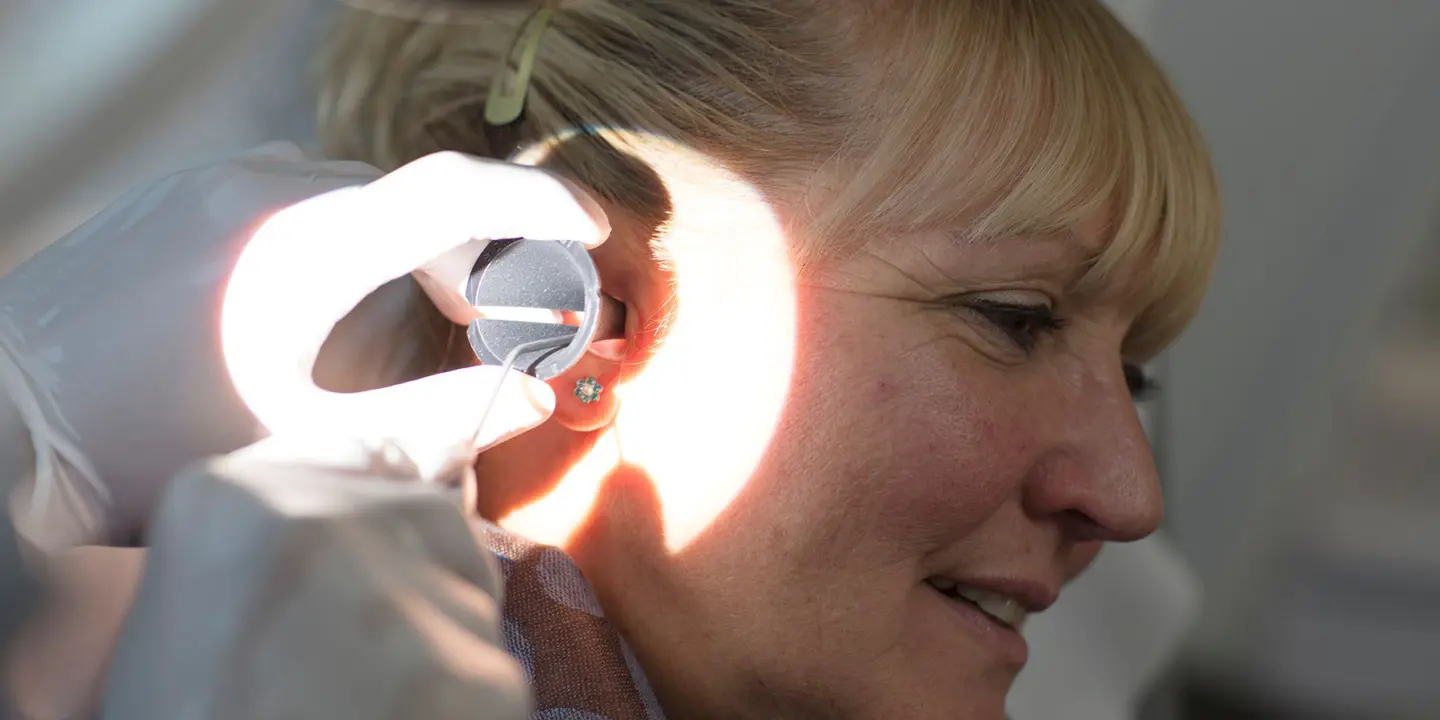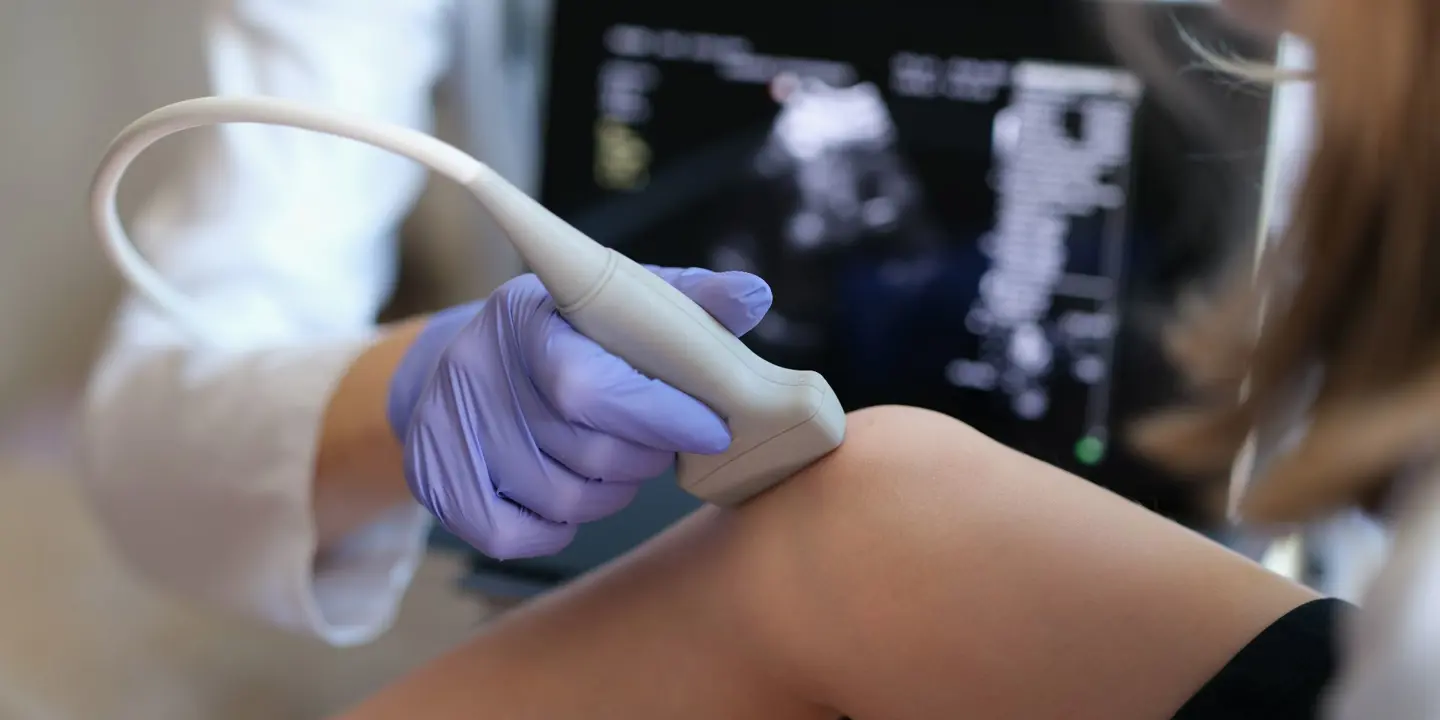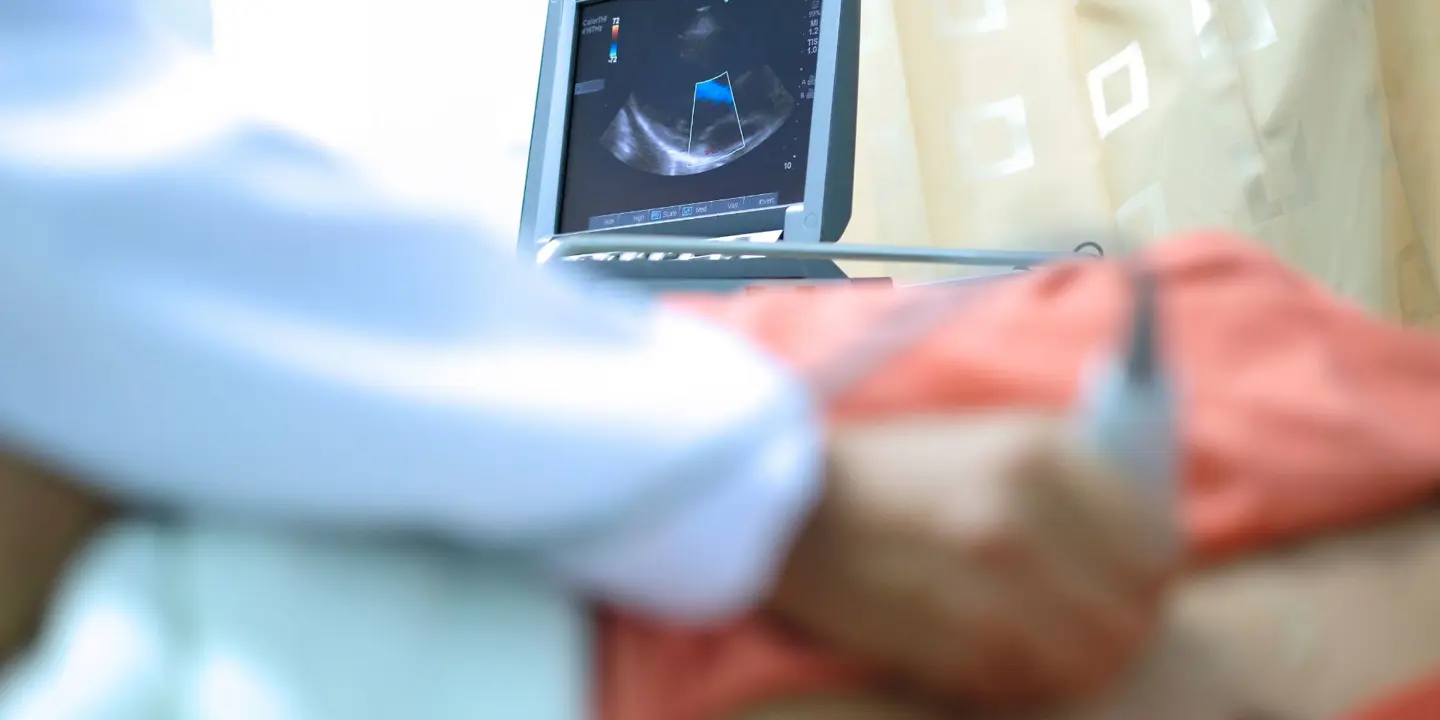Share this
Vista Health
An industry leading Private Healthcare Provider
8th September 2021
8th September 2021
Spine problems can happen to anyone. However, there are several things you can do to help keep your spine healthy. Vista Health, a trusted provider of x-ray scan services in the UK, discusses the most common spine conditions and how you can prevent them.
The Most Common Spine Problems
When there's a problem with your spine, you may experience various symptoms in other parts of your body. These symptoms can affect your ability to function on different levels. Here are among some of the most common conditions that affect the spine:
Back Strain
Poor posture and improper lifting techniques can cause the muscles and tendons supporting your spine to become stretched or torn. If this happens, you may experience pain and stiffness in your neck and back. You may also find it difficult to walk, bend forward, or stand up straight.
Herniated Disc
The spinal column has vertebral discs that absorb the stress and shock your body sustains every time you move. When a disc starts to crack, either due to aging or injury, the nucleus pulposus inside it can leak out. The ruptured disc and the pulposus may place pressure on the spinal cord or nerves, contributing to pain.
Symptoms of a herniated disc may include:
- Arm/leg pain
- Numbness/tingling
- Muscle weakness
Whiplash
This injury is caused by forceful, sudden back-and-forth movement of the neck. Symptoms of whiplash may appear immediately after the injury or several days later, and they usually include:- Neck pain
- Headaches
- Stiff neck
- Muscles spasms in the arms and shoulders
- Difficulty concentrating
Sciatica
Starting from the base of the spine and running along the back of each leg and branching into the feet, the sciatic nerve is the longest nerve in the body. Injury or irritation of the sciatic nerve can trigger pain that radiates alongside it. When you have sciatica, you might experience the following uncomfortable or painful sensations from your lower back to your buttocks and on the back of your legs:- Pins and needles
- Tingling
- Stabbing/burning
- Numbness and weakness
Scoliosis
This condition occurs when your spine twists and curves abnormally. People with scoliosis usually have a spine that curves sideways, making a C or S shape. While most cases are mild and require no treatment, others can be debilitating and worsen if not treated. Signs of scoliosis include:- Clothes not hanging properly
- Different leg lengths
- One hip is higher than the other
- Shoulders are uneven
- Body leaning to one side
- Back pain, in severe cases
Osteoporosis
This is a bone disease that often develops without any symptoms. Often, osteoporosis is not discovered until the weakened bones cause painful fractures in the hip, wrist and spine. The spine will also start to curve and lose height if several vertebrae are affected.
Osteoarthritis
Arthritis can also cause a spine condition called osteoarthritis. It usually affects the lower back and develops when the joints and cartilage in the spine deteriorates. The pain associated with osteoarthritis is more noticeable when you bend or twist your back.Spinal Myelopathy
Myelopathy is a nerve injury that occurs due to severe compression of the spinal cord. This problem can start suddenly or worsen gradually over time. Symptoms may include:- Neck, arm, leg or lower back pain
- Tingling, numbness or weakness
- Decreased fine motor skills
- Difficulty walking
- Loss of urinary or bowel control
How to Avoid These Spine Problems?
Although some spine problems are caused by aging, you can help prevent them or keep them from worsening by making small changes to your lifestyle, such as:- Practising good posture
- Exercising core muscles to support your spine and lower back
- Maintaining a healthy diet and weight
- Getting enough calcium and vitamin D
- Getting regular back massages
While healthy habits may help protect your spine and overall back health, it's still important to consult your doctor. Note that some spine problems may not present symptoms until they become severe. It's best to get an MRI scan to get a better understanding of your spine health.
Contact Vista Health today for any health questions or to schedule a consultation. We provide accessible and affordable diagnostic services.
Share this
Vista Health



